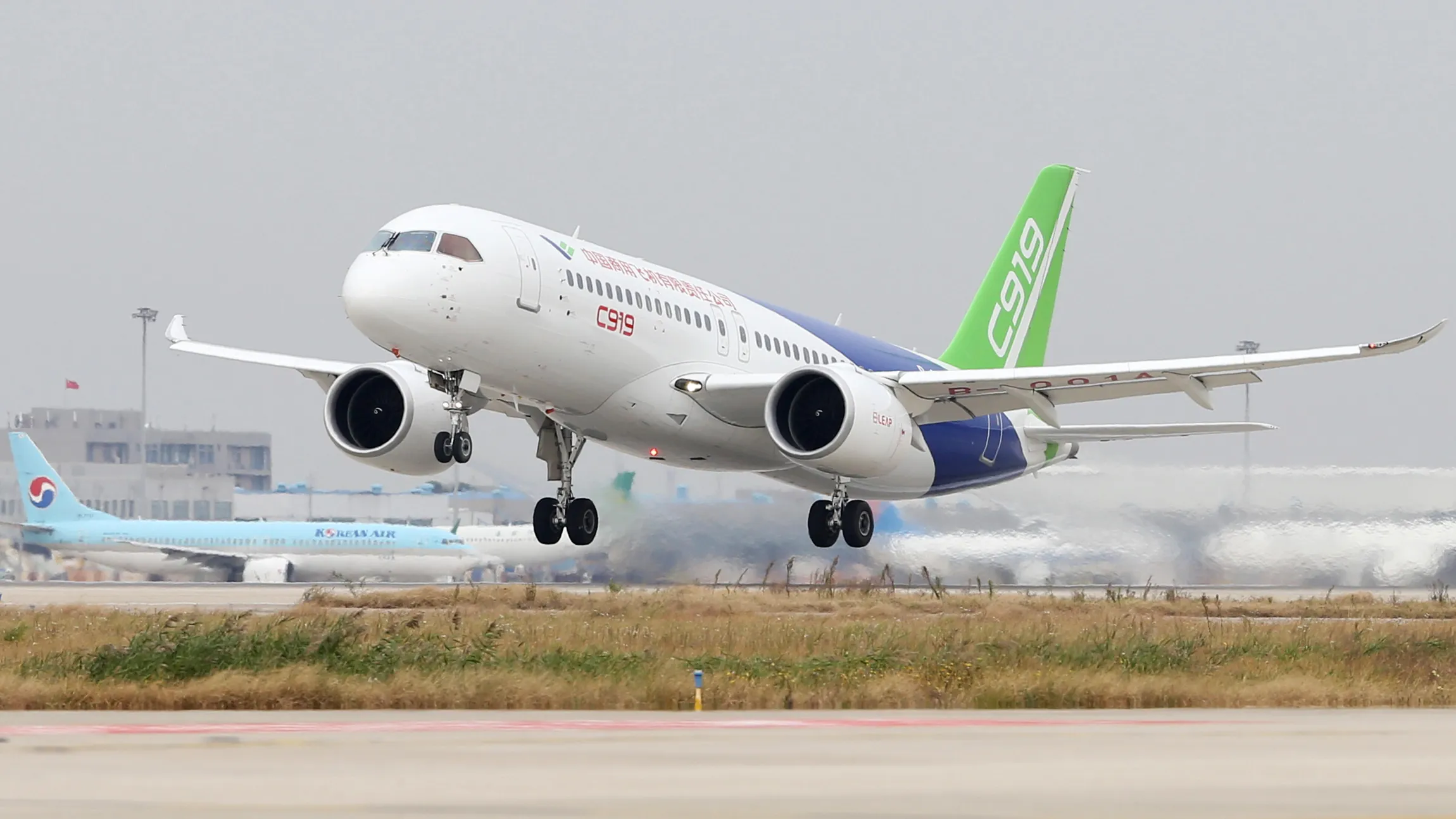On May 30th, 2024, China announced plans to restrict exports of certain aviation and aerospace equipment and technology, effective July 1st. This move has sparked discussions about its motivations and potential ramifications. Let’s delve deeper into this development.
What’s Being Controlled?
The export controls target a range of equipment, software, and technologies critical to the aviation and aerospace industries. These include:
- Aircraft and aerospace structural parts and engine manufacturing equipment: This encompasses tools, molds, and machinery used in building planes and their engines.
- Gas turbine engine/gas turbine technologies: This category restricts the export of technology related to the design, development, and production of jet engines.
- Spacesuit helmet visor technology: This controls the export of specialized technology used in crafting visors for astronaut helmets, crucial for protecting astronauts in space.
- Ultra-high molecular weight polyethylene fiber: This high-strength fiber finds applications in various aerospace components.
China’s Reasoning
The Chinese government cites several reasons for imposing these controls:
- National Security: China aims to safeguard sensitive technologies crucial for its own military and commercial aviation advancements.
- Non-Proliferation: The restrictions may be linked to international obligations regarding controlling the export of technologies with potential military applications.
- Protecting Domestic Industries: China might seek to nurture its domestic aviation and aerospace sectors by limiting access to key technologies.
Potential Impacts
The export controls could have a ripple effect:
- Disrupted Supply Chains: Companies relying on Chinese-made aviation and aerospace equipment might face delays or sourcing difficulties.
- Geopolitical Tensions: This move could exacerbate existing tensions between China and countries with whom it has trade disputes.
- Innovation Race: The restrictions might push other countries to invest heavily in developing their own aviation and aerospace technologies.
China’s move to control exports of aviation and aerospace equipment signifies a strategic shift with potential global consequences. As the story develops, understanding the motivations and potential impacts is vital for anyone interested in international trade, technological advancements, and the future of the aviation and aerospace industries.






